Fellow Update! Matt Solt in the Philippines
Our fellow, Matt Solt, visited our host site in the Philippines last month. He has shared with us his experience becoming a Science Corps Fellow, teaching a robotics workshop at Central Visayan Institute Foundation (CVIF), attending a physics conference, and exploring the Philippines outside of the classroom.
Learn more about Matt’s adventures below! If Matt’s experience piques your interest in becoming a fellow yourself, apply here!
Why did you become a Science Corps Fellow?
Like most Science Corps fellows, I was looking for a break between defending my PhD and the next adventure and I stumbled on Science Corps. I was accepted as a Science Corps Fellow back in 2019 with a plan to spend about 6 months at CVIF in Jagna, Bohol, the Philippines in the fall semester of 2020. Unfortunately, COVID-19 had other plans and I was forced to do the fellowship remotely, becoming the first remote Science Corps fellow. Between finishing my thesis and starting my postdoc, I was able to develop a curriculum for a computer programming and data analysis course through the so-called Dynamic Learning Programming (DLP) described below. Despite being a remote fellow in a very unique situation, Science Corps was always committed to sending me there in person, albeit on a shorter time scale since I have a full time job. I was able to complete my fellowship in person in July 2023.
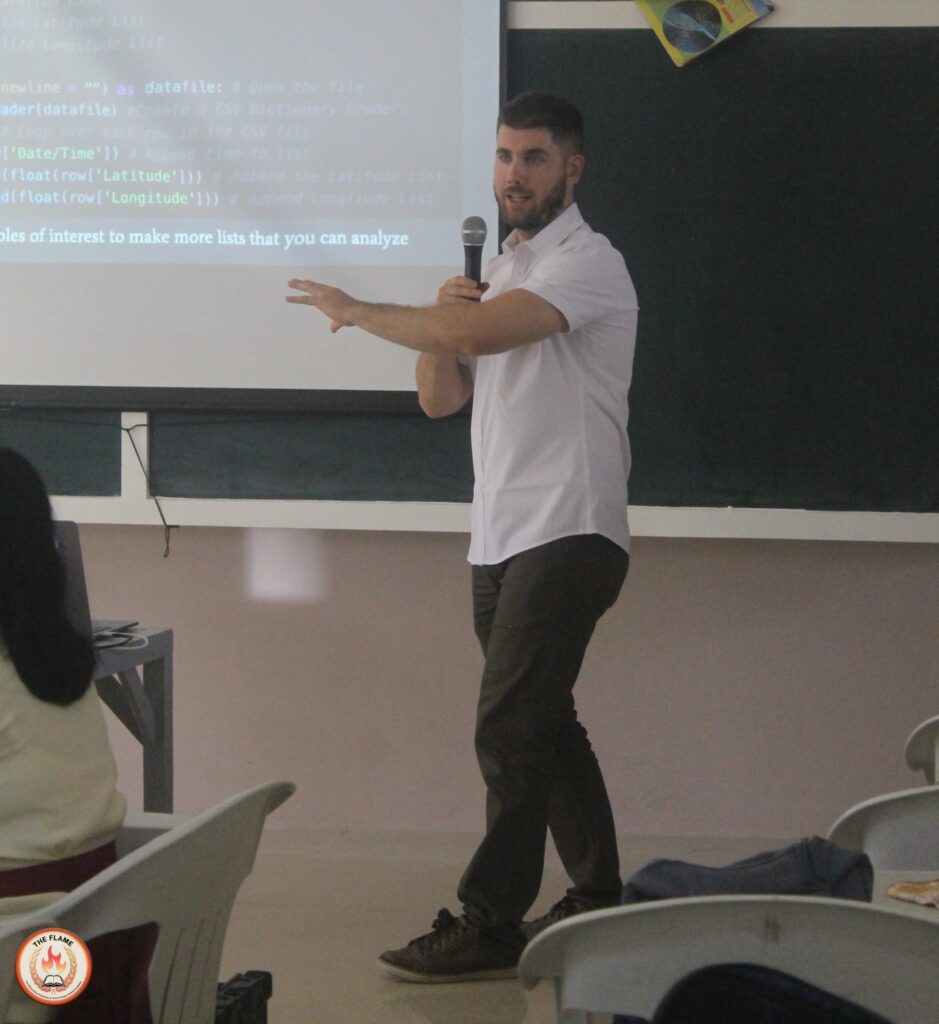
What do you think about the Dynamic Learning Program?
CVIF is the center of the Dynamic Learning Program (DLP), originally developed and implemented by Chris and Marivic Bernido who are both theoretical physicists. It puts emphasis on students actively learning as opposed to teachers lecturing. It is a well-defined curriculum through individual worksheets called LAS where students work individually or in groups to learn themselves. I found it interesting how similar it was to my time as a teacher’s assistant (TA) in the Stanford Physics Department when I was a graduate student. Pushed by Nobel laureate, Carl Wieman, this method is now becoming more popular at physics departments at elite universities in the U.S.
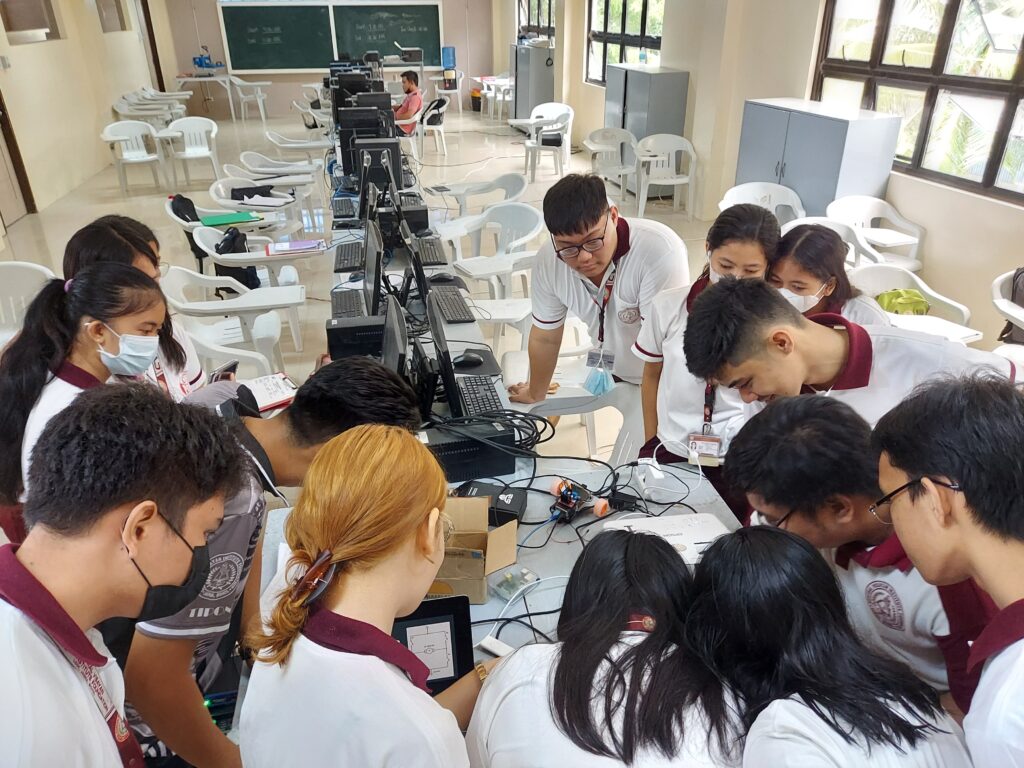
In addition to a similar method at elite universities, this method of teaching has several clear advantages. First, it is scalable as the curriculum is developed centrally at CVIF and can be used by other schools in the area. In fact, the material developed by CVIF is used by 500+ schools in the Philippines! Second, it is resistant to disasters. Geographically, the Philippines is prone to natural disasters such as typhoons and earthquakes in addition to, of course, a pandemic. Recently, on top of the COVID-19 pandemic, the Visayas (the central region of the Philippines) was hit with a major typhoon. Because of the reliance on student independence, the DLP program which had already been fully implemented at CVIF and other schools enabled students to continue with their learning with minimal interruption. This method could also be resistant to violent conflict.
What did you accomplish at CVIF?
My main task while at CVIF was to plan and run a robotics workshop for the ICT and STEM students at CVIF which was a natural extension of the course material I had developed as a remote fellow. The workshop utilized a Raspberry Pi micro-controller that the students needed to connect electrically and program in order to run. I chose a Raspberry Pi because it was originally developed for educational purposes focused on student’s learning, the Python language (which was used in my course) could easily be used, it could be used as a personal computer with its own operating system (for students who may not have their own computer), and a variety of other potential uses.
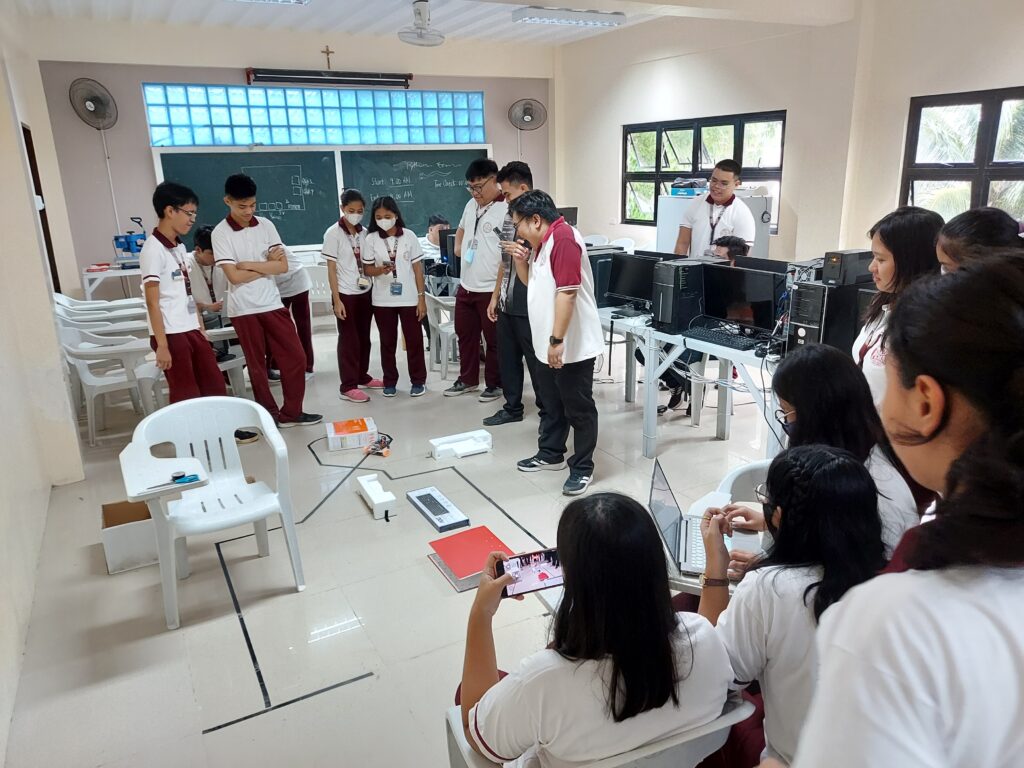
The workshop lasted three days and went very well. The students were incredibly excited to work with the robot, many never having done so before. Before the workshop, the students had a pre-workshop to learn the basics of Python programming which is a necessary prerequisite for operating the Raspberry Pi. The students were enthusiastic, learned quickly, and covered a lot of coding material in three short days. After the first session, the students were already making memes about the workshop and sharing it in the group chat with instructors. The workshop consisted of about 20 students. I was impressed that every student was able to individually achieve the three milestones of the workshop – code a blinking LED on the Raspberry Pi (their first robot by our definition given at the workshop), connect and guide a robot through an obstacle course, and analyze public data taken from a Raspberry Pi on the International Space Station. The workshop concluded with a competition of who could guide the robot through the obstacle course the fastest and the top five students were given rewards. The students enjoyed this part the most, taking lots of pictures and videos to share on social media, cheering their classmates on, and even playing soundtracks like the Mission Impossible theme song as the classmates guided the robot through the obstacle.
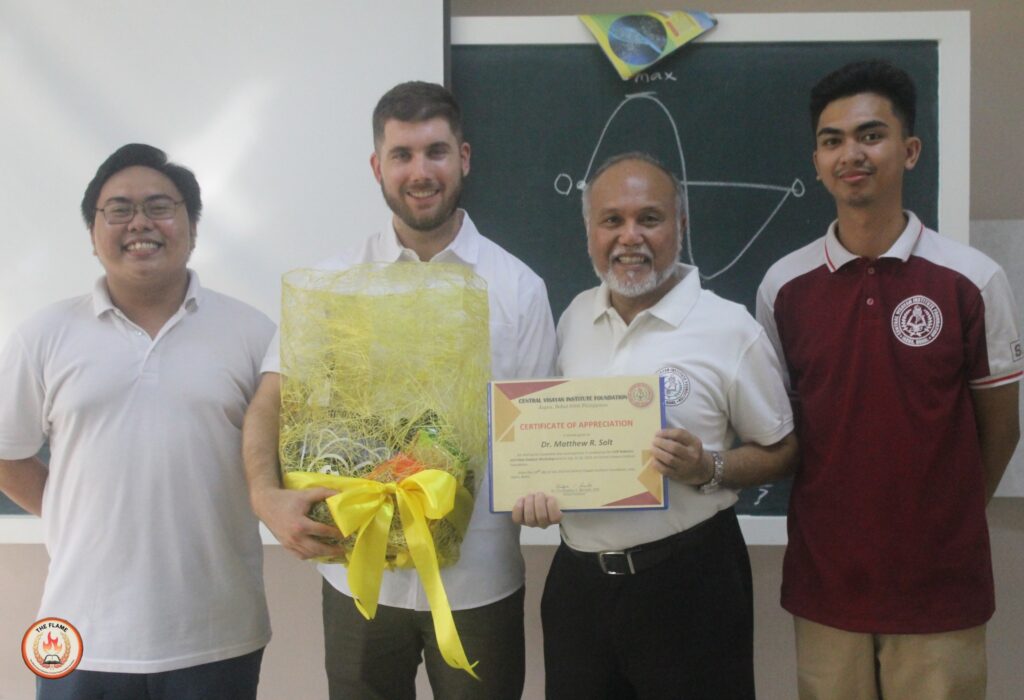
What is the future of this robotics workshop at CVIF?
The goal of the workshop was not to just train the students who attended the workshop at this time, but to be able to transfer this knowledge to instructors to run future workshops and to make it easily transferable to other schools in the region. In order to have continuity of knowledge, it is important to implement material that can be used in the future. Because of interest in furthering knowledge of both the students who were at the workshop as well the instructors, the CVIF instructors will start a robotics workshop at CVIF where students can continue to work with the materials supplied by Science Corps and learn more of the capabilities of a Raspberry Pi. These are skills that can be utilized in any STEM field in college courses and beyond in their careers.

What were your thoughts on the physics conference you attended?
The timing of the workshop worked out perfectly so that I could also attend the Physics Society of the Philippines (SPP) conference in Del Carmen, Siargao. I was privileged to be able to give an invited talk on my personal research which involves exploring low mass dark matter at particle accelerators. The conference contained almost 300 people. When the Bernidos received their PhDs in the 80s, there were only about 10 physics PhDs in the entire country.
This conference attendance is a testament of the commitment of a few dedicated physicists who chose to devote much of their careers to improving the physics literacy of their country. In addition, most of the conference population was very young, being mostly undergraduates and graduate students (the first conference where I have been over the median age). This indicates that the future of Filipino physics is bright as the number of physics PhDs will continue to increase in the near future.
At the conference, I enjoyed conversing with many of the Filipino physicists. I was also able to meet the mayor of Del Carmen, and he complimented the DLP program and how it has impacted the students by increasing their scientific literacy in his region, especially with the most recent typhoon just two years ago.
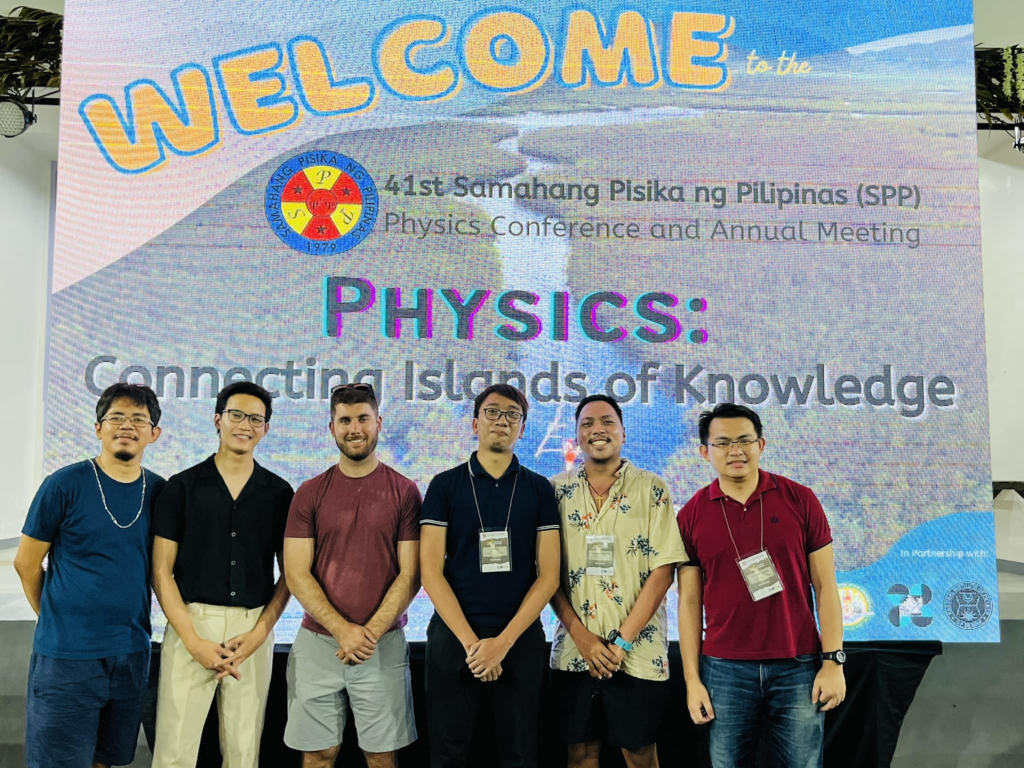
To date, the Philippines has approximately 100 PhDs in physics, and with a population of about 100 million, they like to refer to themselves as “one in a million.” I was amazed at how many physicists were willing to stay in the Philippines to help out their country. Many were trained in other parts of the world such as Japan, Europe, and the U.S. and had opportunities to do world leading research in those parts of the world. However, many accepted their social responsibility to remain in the Philippines to increase the scientific literacy in their country.
How was your experience beyond work?

Outside of the robotics workshop and the physics conference, there was plenty of time to explore the beautiful nature within the Philippines. I was able to visit 5 different islands (of the 7200+ islands in the Philippines) in my short visit there. I snorkeled with whale sharks and jumped off waterfalls on Cebu. I also saw the Chocolate Hills and exotic animals on Bohol. This included holding a Burmese Python which, of course, we joked that I was deceived about the meaning of running a “Python” workshop. Lastly, I was able to surf on Cloud 9 on Siargao known as the surfing capital of the Philippines (though I am a beginner to surfing).
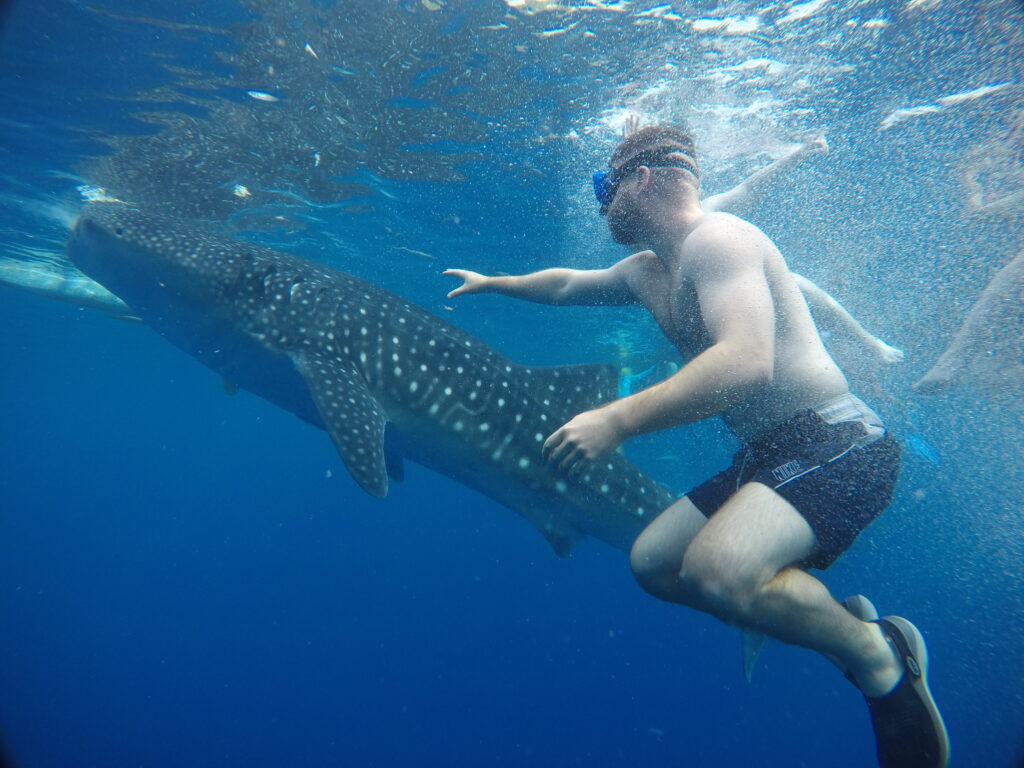
In addition, the Filipino people are very welcoming and generous. The faculty of CVIF were essential to running a smooth workshop and the success of the workshop. They were willing to show me around town and went on many adventures. They took me to the best food place in Jagna and I enjoyed every variety of Filipino food, though I had my limits as I politely declined to eat the local delicacy known as “balut”.
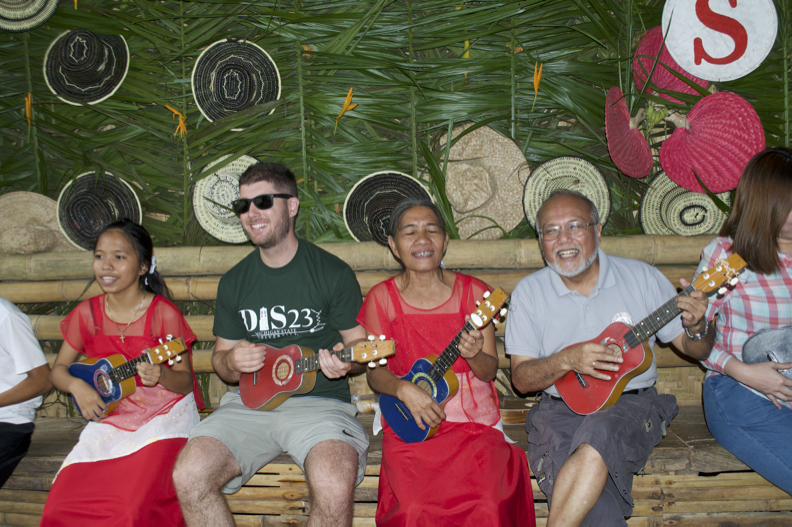
Apply for a Fellowship!
If Matt’s experience as a fellow and his adventures in the Philippines have inspired you, apply for a life-changing fellowship! Our current deadline for applications is September 30th, however, we review applications on a rolling basis throughout the year. Don’t hesitate to contact us for more information about our fellowships and application process!

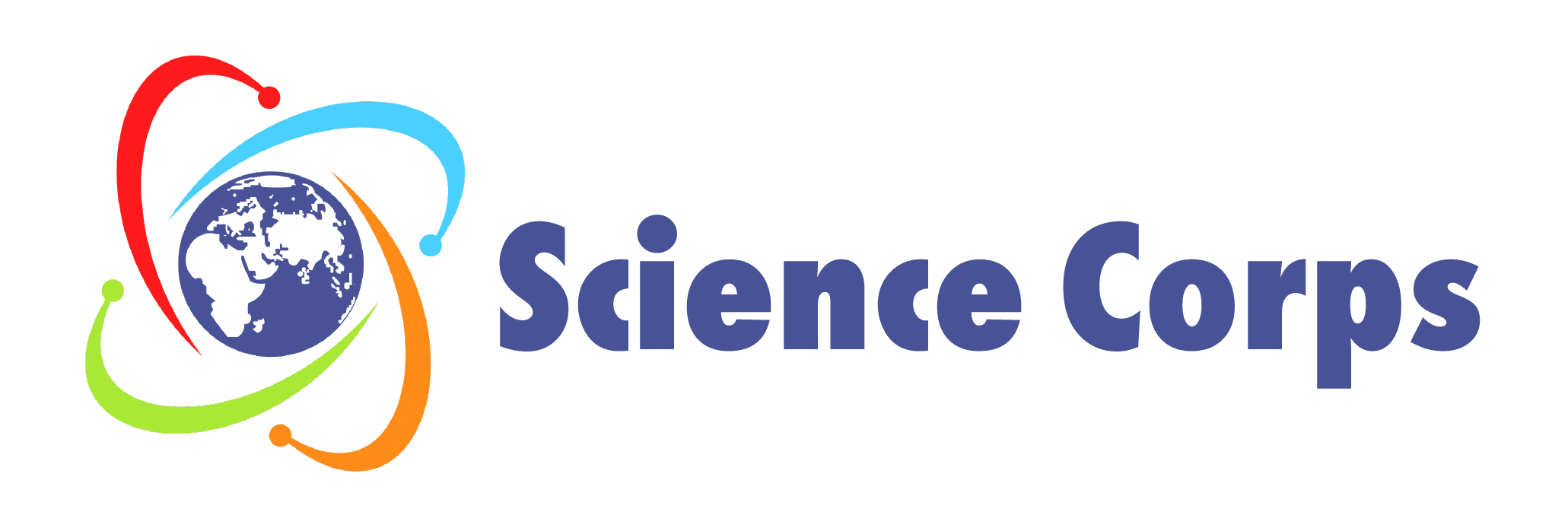
Leave a Reply